The electricity bill weighs on Brazilians’ pockets. It is estimated that it is responsible for capturing 20% of the domestic budget for those who earn up to the minimum wage, according to data from Dieese (Inter-Union Department of Statistics and Socio-Economic Studies).
So it never hurts to learn tips to save energy, right? So join us in this post and see the tips that you can apply right there in your home today.
Tips to save electricity
Which devices consume the most energy?
Even before adopting an electricity reduction plan, you need to know what the great consumption villains are and, thus, learn the best way to deal with them, check out:
Electric shower
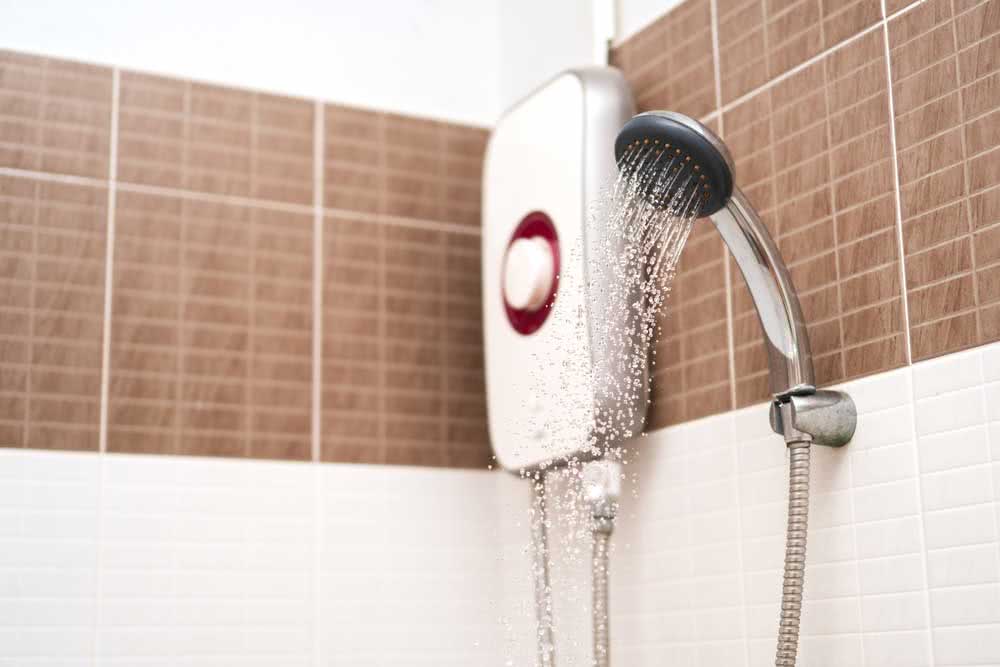
The electric shower is at the top of the list when it comes to saving energy. That’s because this is the device that consumes the most energy in a house, especially on winter days.
About 20% of a home’s electrical consumption comes from the shower. And the best way to reduce that cost is to cut down on bath time.
Another efficient way to circumvent this high consumption is to keep the water temperature warmer and turn off the device completely on summer days.
It’s also worth noting how healthy your shower is. Check if it has obstruction points in the water outlet and that the wires are suitable for the voltage of the appliance.
You can also advance or delay bathing for everyone who lives in the house, whenever possible. This is because the period between 6:00 pm and 9:00 pm is considered a peak time by the electric energy concessionaires, that is, the number of people consuming energy increases and, with that, the tariff rate also increases.
Air conditioning
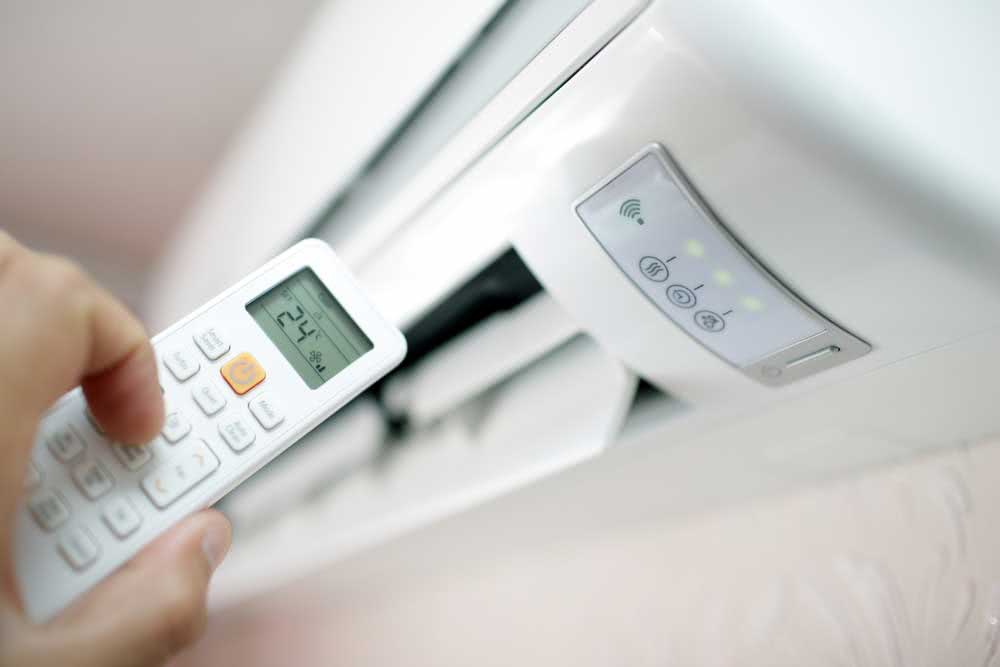
Air conditioning is another villain in the electricity bill. However, it is possible to reconcile the use of the device without having to pay a small fortune on the electricity bill.
The first step is to ensure that the appliance’s filters are always clean, as a dirty air conditioner consumes more energy to run.
Second, always check the sealing of doors and windows. The entry of hot air into the environment hinders cooling and, consequently, demands more from the device.
Keep the device turned on only as long as necessary and avoid unnecessary use.
Whenever you leave the environment, turn off the device. Another important tip is to protect the room from sunlight. That’s because while the air conditioner is trying to cool the place, the sun is heating up. This fight causes your energy bill to increase at the end of the month. To resolve this issue, install blackout type curtains.
When buying an air conditioner, also look for those with the Procel seal.
Iron
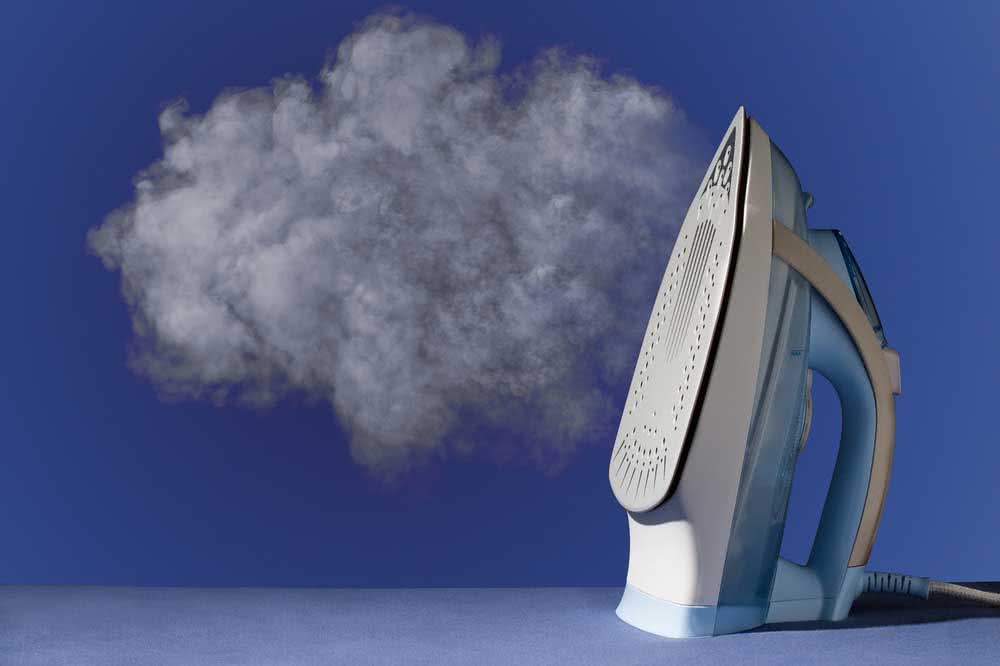
You don’t need to iron all your clothes. The ones you use to stay at home, for example, can go straight to the drawer.
Only use the iron on the thinnest clothes that wrinkle easily, such as those you wear to work or go out on the weekend. And even then, wait until you put a good amount of pieces together.
That’s because every time the iron is turned on, around 30 kWh are marked on your energy bill, which can represent a 7% increase in total consumption at the end of the month.
Fridge
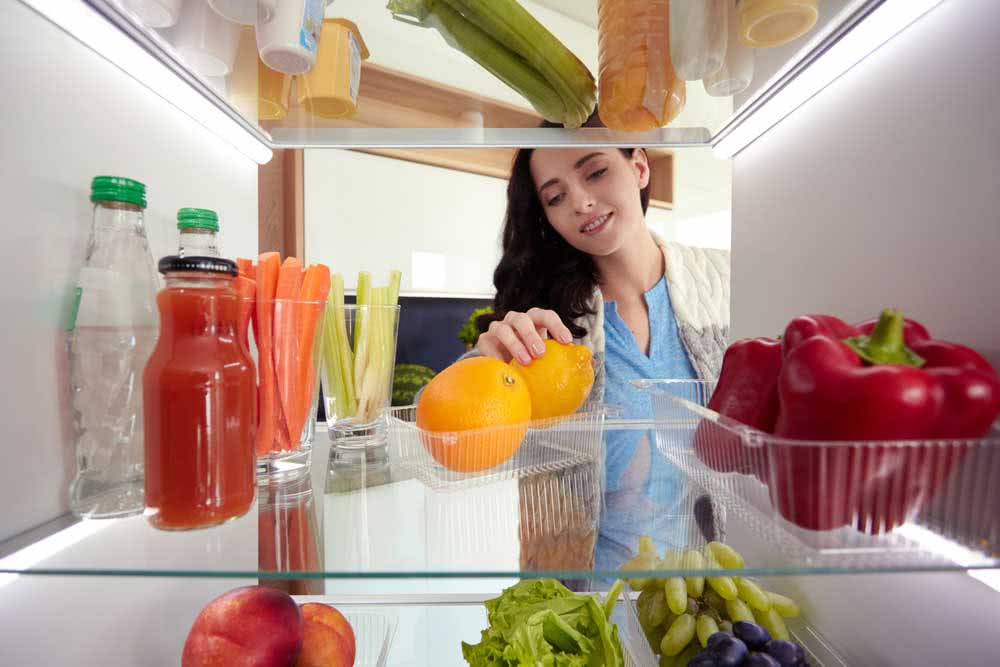
Every time you open the refrigerator door, hot air comes in and cold air comes out, making the appliance need to go into a new cooling cycle, consuming even more energy.
And you know that habit of storing hot things in the fridge? This could also be negatively affecting your electricity bill for the same reason mentioned above, ie hot air coming in.
Also forget about drying clothes behind the fridge. Use the clothesline and the sun for this.
Also check if the rubber seal has expired. There is a simple test to see if it is still sealing, just place a sheet of paper between the door and the refrigerator. Close the door and then try to pull the sheet. If it comes off or slips easily, it is a sign that the rubber needs to be changed.
9 steps to save energy
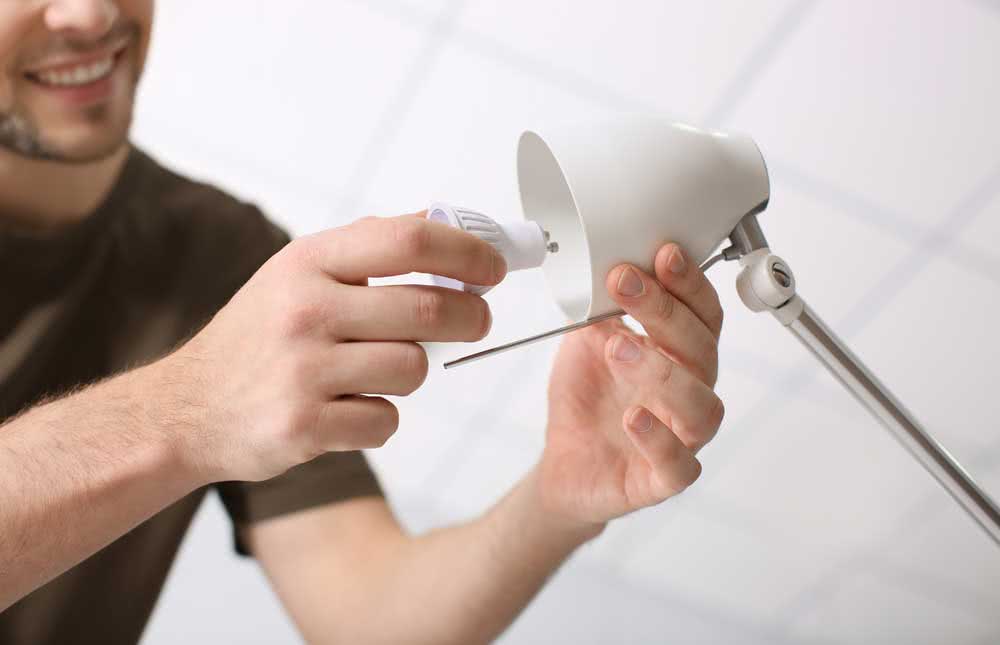
1. Change the lamps
Replace your home light bulbs with LED bulbs. These lamps are much more economical and durable, bringing a great cost benefit in the long term.
2. Abuse of natural light
During the day, try to use only natural light to carry out your tasks. Avoid turning on lights unnecessarily.
You can even think of options to increase the natural light of environments from a larger window, using glass blocks or even translucent tiles or glass pergolas.
3. Paint the walls light colors
Believe me, painting the walls in light colors, such as white, helps to reflect and diffuse the natural light received in the rooms.
4. Use mirrors
Mirrors are also a great trick to increase natural light indoors. Position yourself near a light source, but be careful that the mirror does not reflect the sun directly.
Turn off the devices in stand-by
You know those little lights that stay on on appliances even after they’re turned off? Well, they consume energy and it’s not little. These lights are estimated to consume up to 12% of electricity on the bill. Just in case, better unplug.
Use timers and sensors
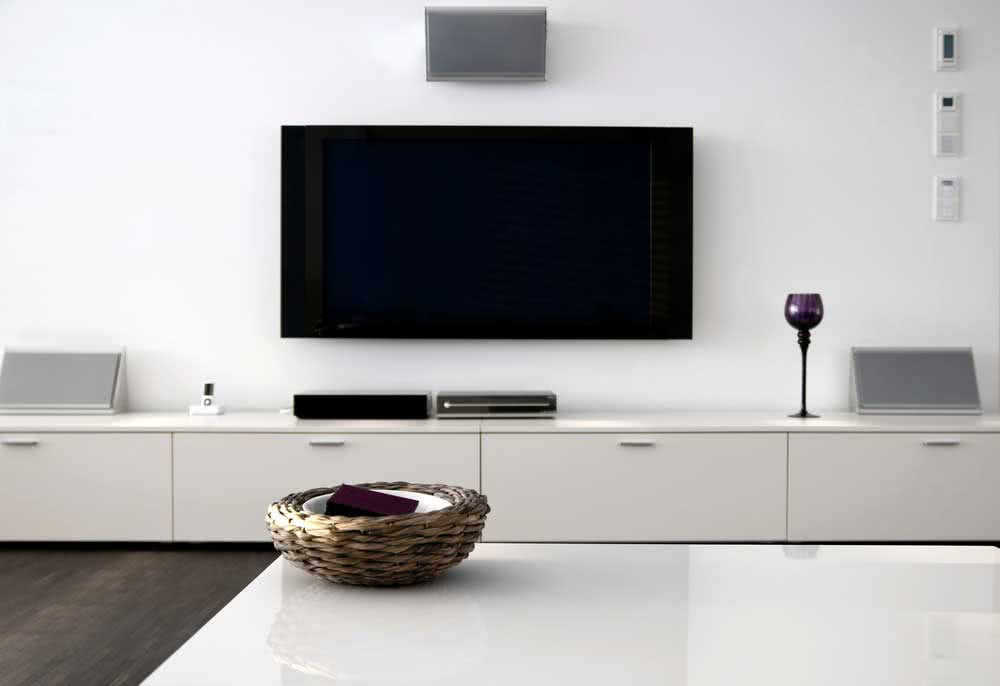
TV sets and computers have a timer function, meaning you can program them to turn off by themselves after a certain amount of time.
Presence sensors are also great for helping you save energy, especially if you or the rest of the household are in the habit of forgetting the lights on. In this case, just install sensors capable of activating or turning off the lamps when someone enters or leaves the rooms.
Avoid using benjamins
As much as possible, avoid using benjamins to connect more than one device to the same outlet. These parts overload the electrical network and end up consuming more energy than necessary.
Do not leave appliances unnecessarily plugged in.
Are you the type to forget your cell phone charger? Or that leaves the notebook charging forever? Know that this may also be impacting your electricity bill. Learn to remove the charger as soon as the phone is fully charged, do the same with notebooks, tablets and other electrical devices.
Sun light
Yes, you can exchange the entire electrical supply system in your house for a solar system with photovoltaic panels, for example. But this is still (unfortunately) an expensive and inaccessible process for most of the population.
However, there are some devices that are charged in sunlight, completely dispensing with the use of electricity.
This is the case, for example, with garden lamps and lanterns. Another possibility is the solar charger plates that are used to charge cell phone batteries. In addition to saving energy, these cards are practical because you can charge your device anywhere, even on a mountain peak.
White fare: what is it and how does it work?

Have you ever heard about white fare? This is a differentiated tariff created in 2020by Normative Resolution No. 733/2016 and regulated by Aneel (National Electric Energy Agency).
The objective of the white tariff is to reduce the cost of electricity for the final consumer and also reduce demand during peak hours. In other words, another opportunity to save on the electricity bill.
Currently, any consumer in the country can request the white rate directly from the concessionaire responsible for supplying their state.
And how does it work? The white tariff has different tariff values throughout the day and, if followed to the letter by the consumer, it can impact the total cost of the electricity bill by about 20%. This means that for every R$100 charged, the consumer earns R$20.
To adhere to the white tariff, however, consumers need to prioritize the use of electrical equipment outside the peak period, between 6 pm and 9 pm. The use of electric showers, air conditioning and heaters is what should be avoided at this time.
According to Aneel, there are three bands for charging the white light tariff:
Tip: higher rate – valid between 6pm and 9pm
Intermediate: Intermediate rate – valid between 5:30 pm to 6:30 pm and from 9:30 pm to 10:30 pm
off edge: lower rate – valid from 22:30 until 17:30 the following day
For weekends and holidays, the rate charged is always off-peak. Bearing in mind that for each state there may be small changes in the band’s schedule.
Therefore, in order to adhere to this rate, it is interesting for consumers to be able to change some habits so that most of the household’s energy expenditure takes place during off-peak hours. Otherwise, there is a risk that the consumer will end up paying more than the conventional rate.
A consumer in São Paulo, for example, pays R$0.59 per kWh at the conventional rate. With the white tariff, this cost goes to R$ 0.49 per kWh during off-peak hours. At peak hours, the white tariff rises to R$1.11 per kWh, while intermediate hours have a tariff of R$0.72 per kWh.
In this case, the consumption of 100 kWh in a month with the conventional tariff will cost the consumer BRL 59, while the white tariff in the off-peak period costs BRL 49 at the end of a month, but if the consumer extrapolates the use of energy at peak and intermediate hours, the account value can reach R$111 and R$79, respectively. Which ends up not being a good deal.
Therefore, before adhering to the white tariff, it is essential that consumers know their consumption patterns well and analyze whether they will be able to make the necessary changes to achieve the desired savings.



